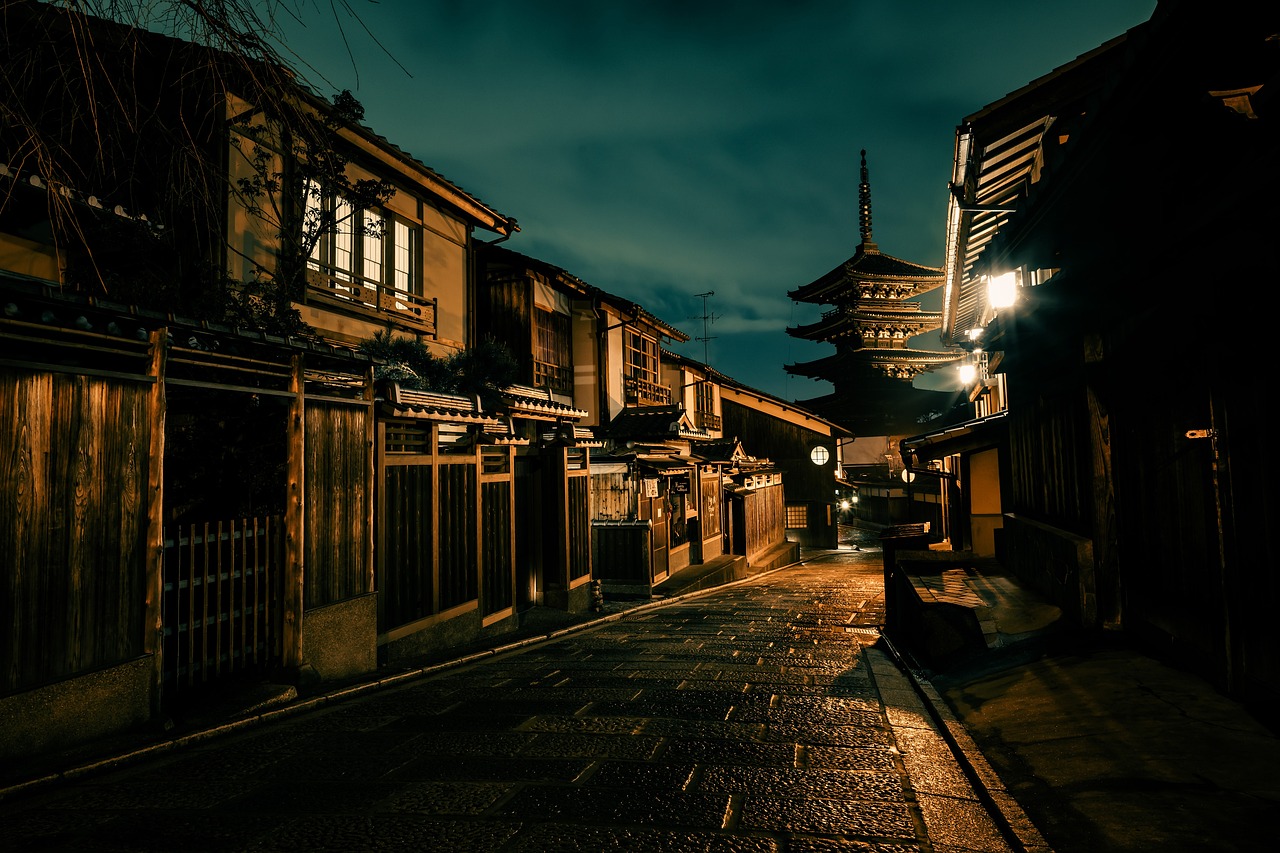Tea Ceremony in Kyoto: Serenity Amidst Japanese Culture
travel | 3 minutes read | 9 months ago

Have you ever dreamt of experiencing the serenity of a traditional Japanese tea ceremony? Well, there’s no better place to immerse yourself in this cultural experience than in the historic city of Kyoto. Known for its stunning temples, beautiful gardens, and traditional tea houses, Kyoto is the perfect destination for those seeking a glimpse into the rich heritage of Japan.


History of the Tea Ceremony
The Japanese tea ceremony, also known as “chanoyu” or “sado”, has been an integral part of Japanese culture for centuries. It originated in China and was brought to Japan by Buddhist monks in the 9th century. Over time, the ceremony evolved and became closely associated with Zen Buddhism, emphasizing harmony, respect, purity, and tranquility.The Art of Tea Making
At the heart of the tea ceremony is the preparation and serving of matcha, a powdered green tea with a rich cultural significance. The process of making matcha is meticulous and deliberate, with each movement carefully choreographed to create a sense of calm and mindfulness. From the precise measurements of tea to the gentle whisking of hot water, every step is a reflection of the Japanese aesthetic of wabi-sabi – finding beauty in imperfection and impermanence.- 1. The Tea House
- 2. The Tea Utensils
- 3. The Tea Masters

The Tea House
The setting for the tea ceremony is just as important as the tea itself. Traditional tea houses, known as “chashitsu”, are designed to create a sense of intimacy and simplicity. The architecture and design of these tea houses aim to foster a connection with nature, with features such as tatami flooring, sliding doors, and carefully curated garden views.The Tea Utensils
A key aspect of the tea ceremony is the use of specialized utensils that have been carefully crafted and curated over centuries. From the bamboo tea whisk, known as “chasen”, to the ceramic tea bowl, or “chawan”, each utensil plays a vital role in the tea-making process and is imbued with symbolism and meaning.The Tea Masters
Central to the tea ceremony is the role of the tea master, or “teishu”. These individuals have undergone years of rigorous training to perfect the art of the tea ceremony, mastering not only the intricate steps of preparing matcha but also the spiritual and philosophical aspects of the practice.


